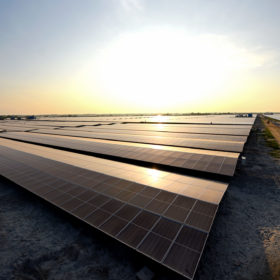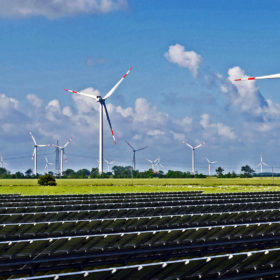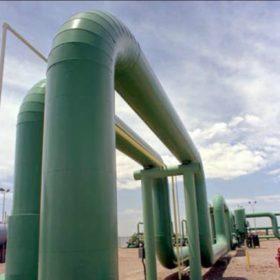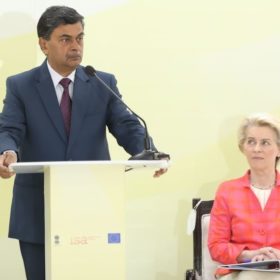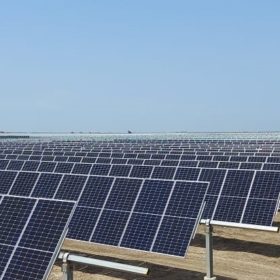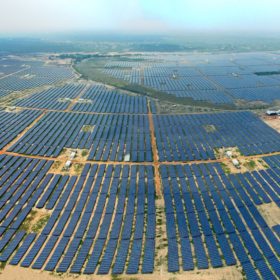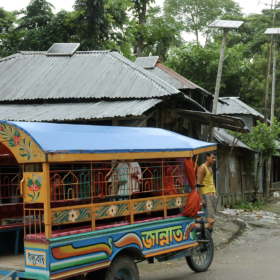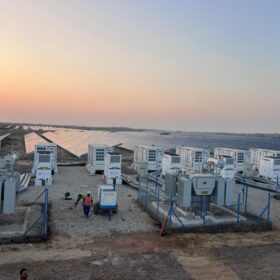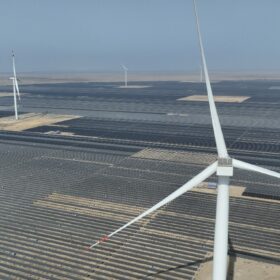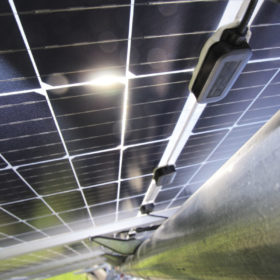Bangladesh secures $200m from Asian Infrastructure Investment Bank to support renewables
The China-led Asian Infrastructure Investment Bank (AIIB) has extended a $200 million long-term credit facility to Bangladesh to finance a range of infrastructure projects, including renewable energy expansion.
India to lead new energy wave
A new report from the Institute for Energy Economics and Financial Analysis (IEEFA) tracks key trends at major companies across India’s power sector value chain. It finds the nation is poised to lead the clean energy wave, with investors committing in response to the bold policies that are enabling the transition.
Norway’s Statkraft, Aker Horizons partner to explore green hydrogen and ammonia production in India
Norwegian renewable energy developer Statkraft has partnered Norway’s green investment company Aker Horizons to explore fully-integrated renewable power generation and green hydrogen production in India, targeting local steel and fertilizer industries.
Polysilicon maker predicts 5-year shortage of solar raw material
TBEA-owned Xinte Energy says it cannot produce polysilicon quickly enough to meet demand and wants shareholders to back its bid to quadruple its manufacturing capacity by mid 2024.
Torrent Power acquires 50 MW solar plant from Canadian developer SkyPower
The solar plant, located in Telangana, benefits from a 25-year power purchase agreement (PPA) with the State discom at a fixed tariff of approx. INR 5.35/kWh. It has a remaining useful life of approx. 20 years.
India calls for credit guarantee fund to drive solar adoption in electricity-deprived regions globally
RK Singh, India’s power minister, and president of the International Solar Alliance (ISA) Assembly, called on nations to support solar investments in developing and under-developed regions, including Africa, through low-cost finance and credit guarantee fund.
BlackRock, Mubadala to invest in Tata Power Renewables
Tata Power has raised INR 4,000 crore (US$ 525 million) from a consortium led by the world’s largest fund manager BlackRock Real Assets and Abu Dhabi sovereign wealth fund Mubadala Investment Company to fund the growth of its renewable energy business.
Abu Dhabi’s International Holding Company to invest US$ 2 billion in Adani Group’s green portfolio
Abu Dhabi-based International Holding Company (IHC) has signed the agreement to invest US$ 500 million in Adani Green Energy Ltd, US$ 500 million in Adani Transmission Ltd, and US$ 1 billion in Adani Enterprises Ltd.
Rajasthan emerging as a solar hub
Rajasthan, which has already surpassed the 10GW milestone of installed PV capacity, has mopped up commitments for over INR 8 lakh crore of investment in the State’s energy sector alone.
AC Energy to invest in PV in Bangladesh
AC Energy has revealed plans to invest in solar projects throughout Asia, including Bangladesh, by forming a joint venture with Germany’s ib vogt GmbH.
